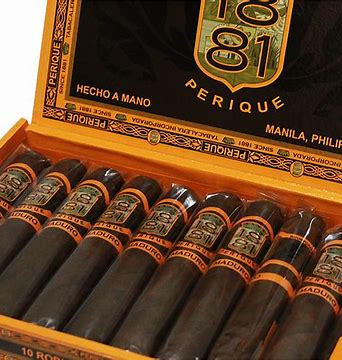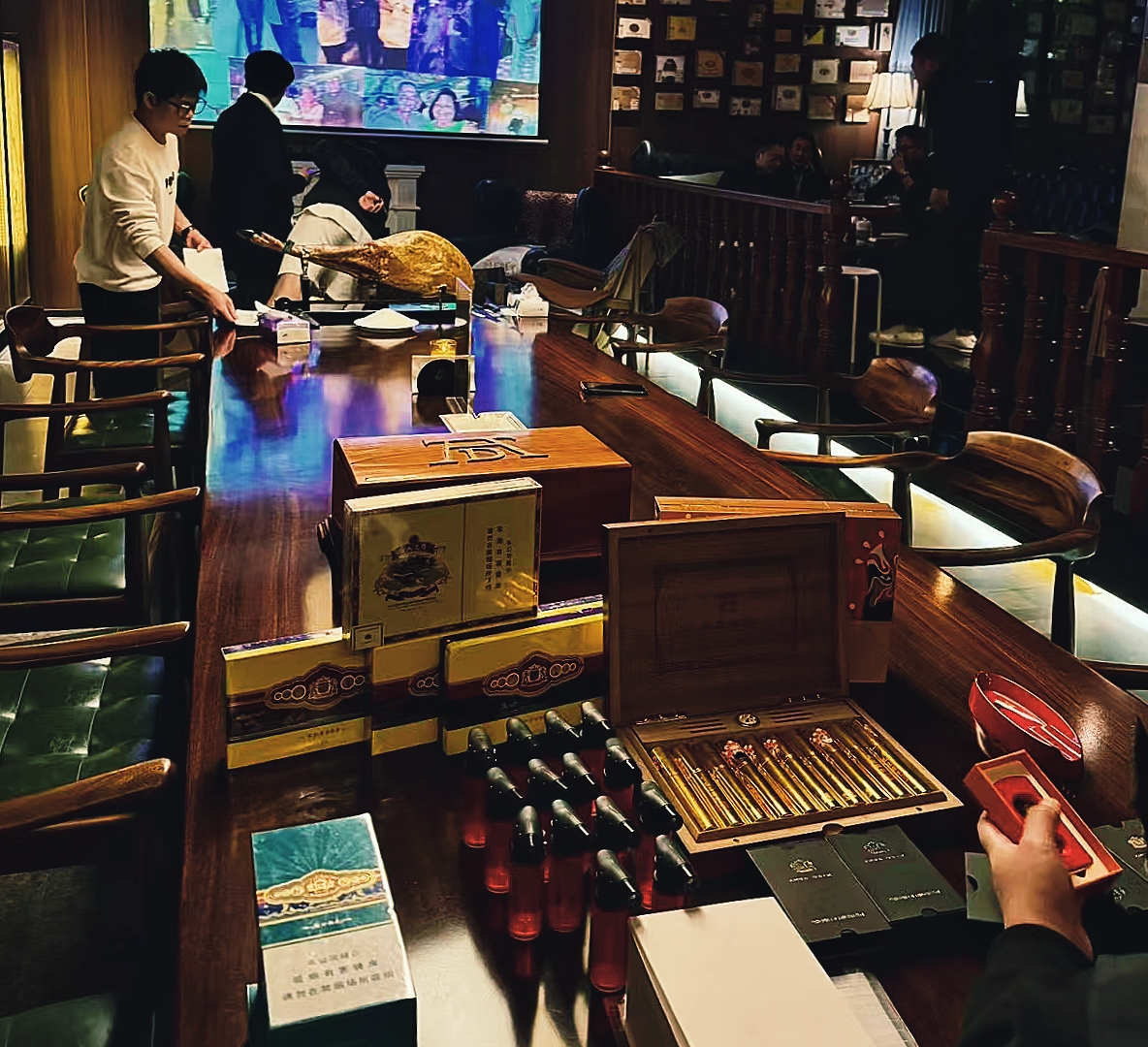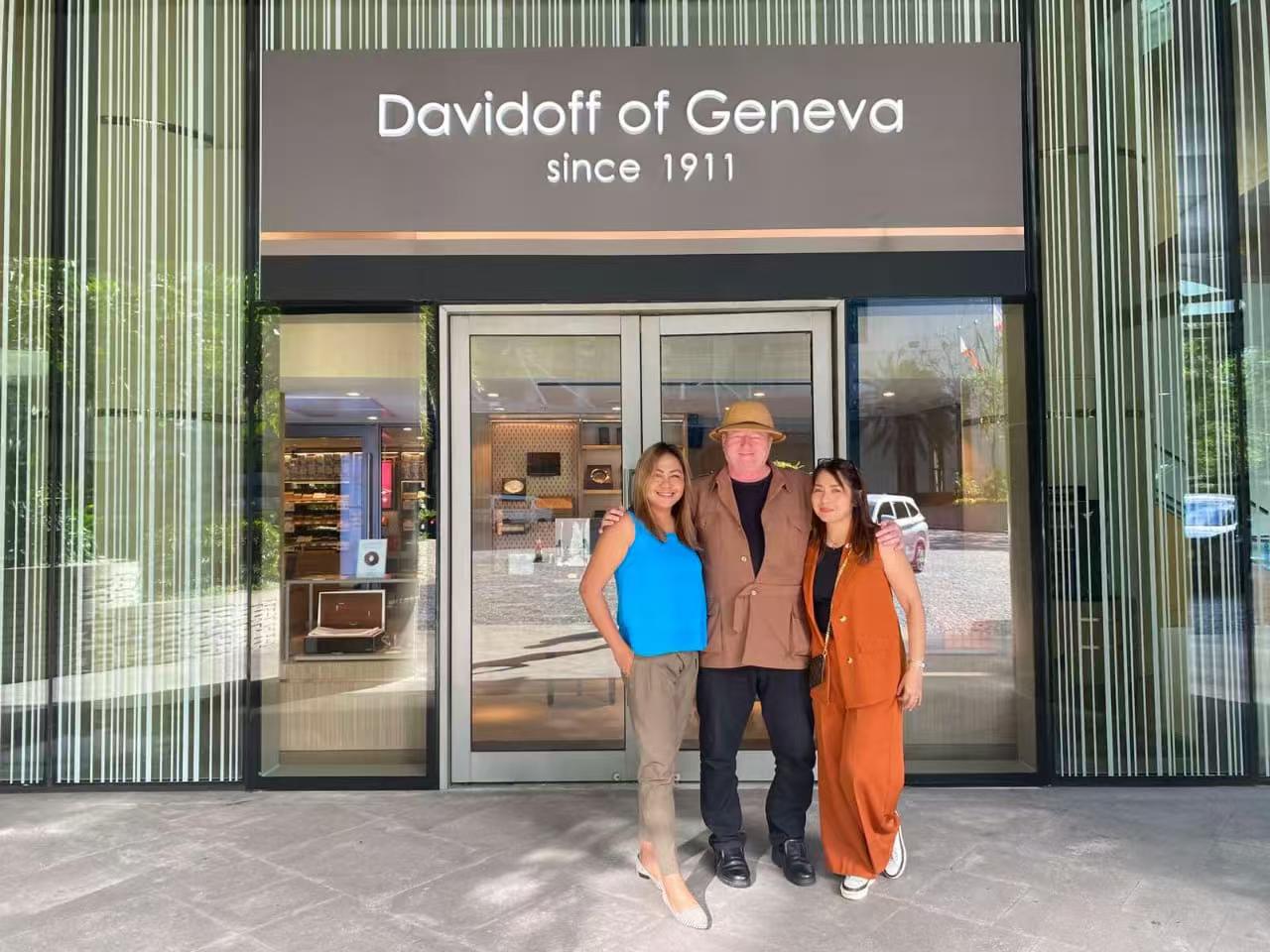by Jake Sanders, Editor
Manila, Philippines – The history of Philippine cigars is a captivating narrative woven into the fabric of the nation’s cultural heritage. With roots dating back to the Spanish colonial era, the art of cigar-making in the Philippines has evolved into a symbol of craftsmanship and tradition, garnering international recognition.
Colonial Beginnings
Cigar production in the Philippines can be traced back to the 19th century when the Spanish colonizers first recognized the country’s potential for high-quality tobacco. The fertile soil and favorable climate of regions like Cavite, Batangas, and Pampanga provided the ideal conditions for cultivating tobacco. The Spanish established large plantations, and by the late 1800s, the Philippines became one of the world’s leading tobacco producers.
The Rise of the Cigar Industry
The Philippine cigar industry flourished with the establishment of numerous factories, most notably in the capital, Manila. Brands such as La Insular and La Flor de la Isabela gained prominence, and their products were highly sought after in the European and American markets. The cigars were celebrated for their unique flavors, attributed to the specific tobacco varieties and traditional curing processes used by skilled artisans.
During this period, the Manila cigar was particularly famous, with its distinct blend of local and imported tobaccos. The craftsmanship involved in rolling these cigars was meticulous, often passed down through generations. This artisanal approach not only preserved the quality of the cigars but also embedded a sense of pride among local producers.
Challenges and Resilience
The 20th century brought significant challenges to the Philippine cigar industry. The rise of synthetic alternatives and changing consumer preferences led to a decline in demand. Furthermore, the global economic shifts and the impact of World War II disrupted production. Many factories closed, and the artisans who once thrived in this industry faced uncertainty.
Despite these challenges, the spirit of the Filipino cigar makers remained resilient. In the latter half of the century, a revival began as local producers sought to reclaim their heritage. They focused on quality over quantity, emphasizing traditional methods and organic farming practices.
Modern Renaissance
Today, the Philippine cigar industry is experiencing a renaissance, driven by a renewed appreciation for handcrafted products. The introduction of premium brands such as Taal Cigars and the resurgence of traditional methods have sparked interest among both local and international consumers. The Philippines is now regarded as a destination for cigar aficionados, with unique offerings that showcase the country’s rich biodiversity and heritage.
The rise of cigar lounges and festivals has further popularized Philippine cigars. Events like the Philippine Cigar Festival celebrate the craftsmanship and culture surrounding cigar-making, drawing enthusiasts from around the globe.
The history of Philippine cigars is a testament to the resilience and creativity of its people. From colonial beginnings to a modern renaissance, the art of cigar-making remains a cherished tradition, symbolizing the rich cultural tapestry of the Philippines. As the industry continues to grow, it not only preserves a time-honored craft but also contributes to the nation’s identity on the global stage. With every puff, cigar lovers partake in a legacy that is as rich and flavorful as the cigars themselves.



